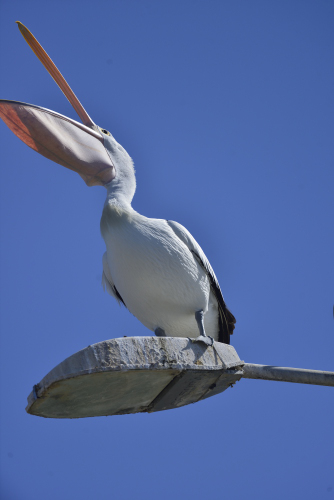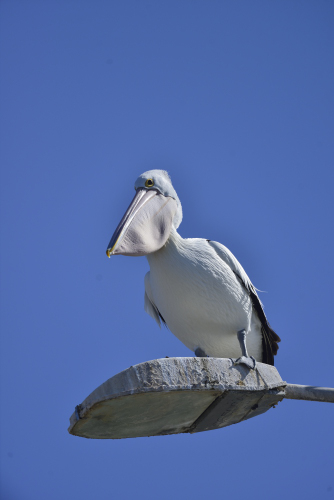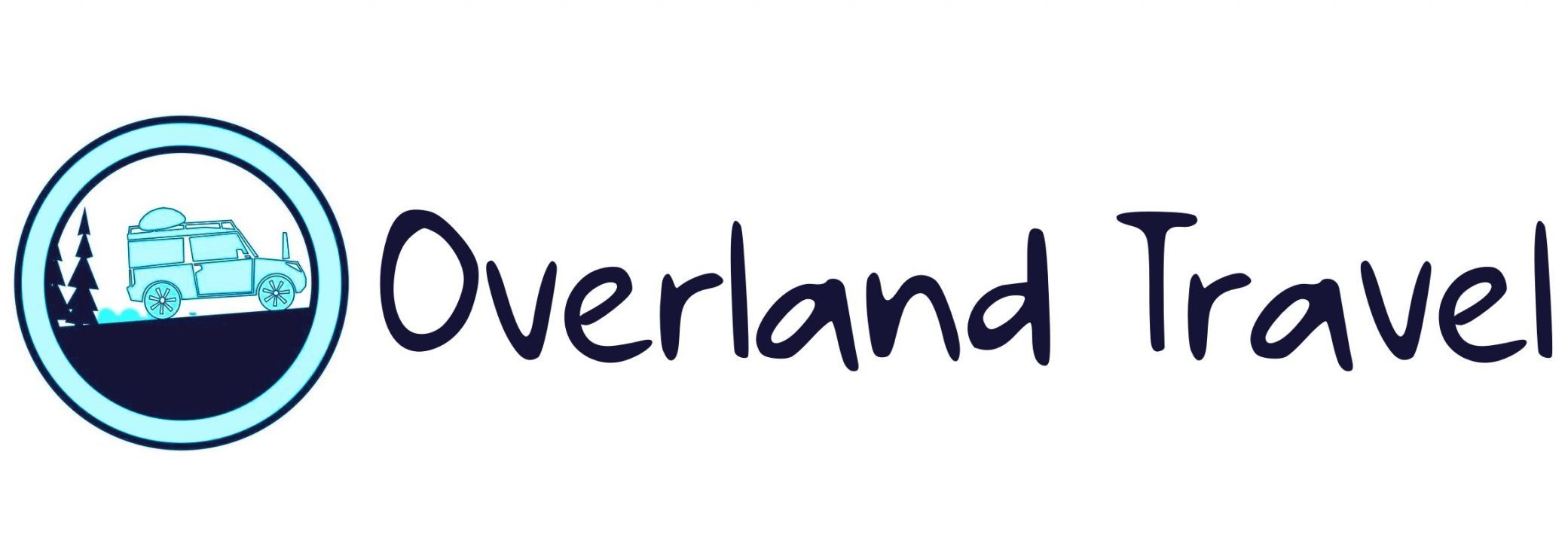Kangaroo Island. Small island – big experiences.
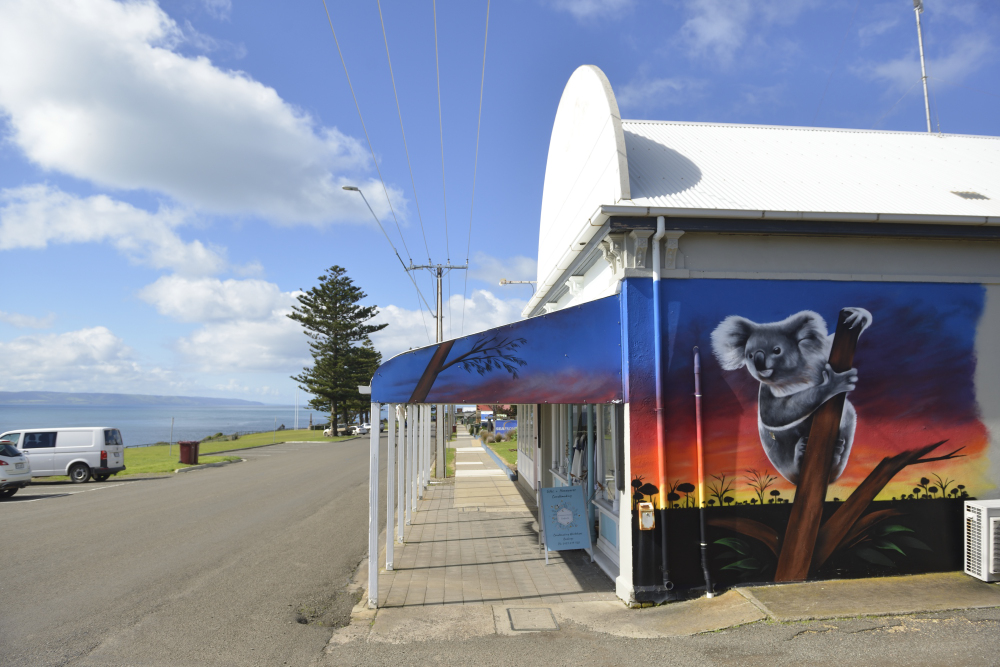
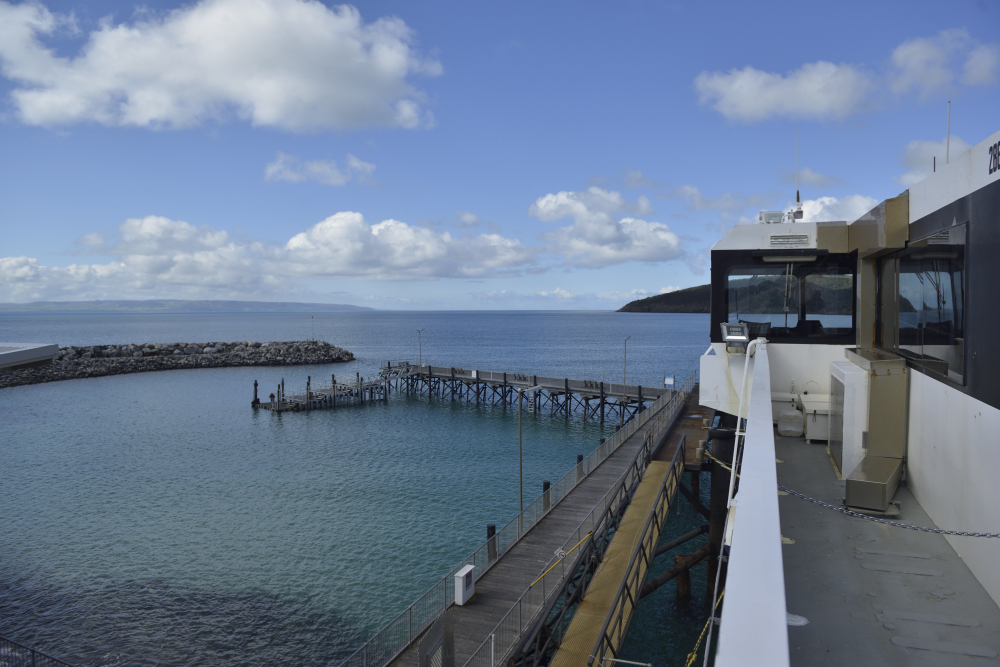
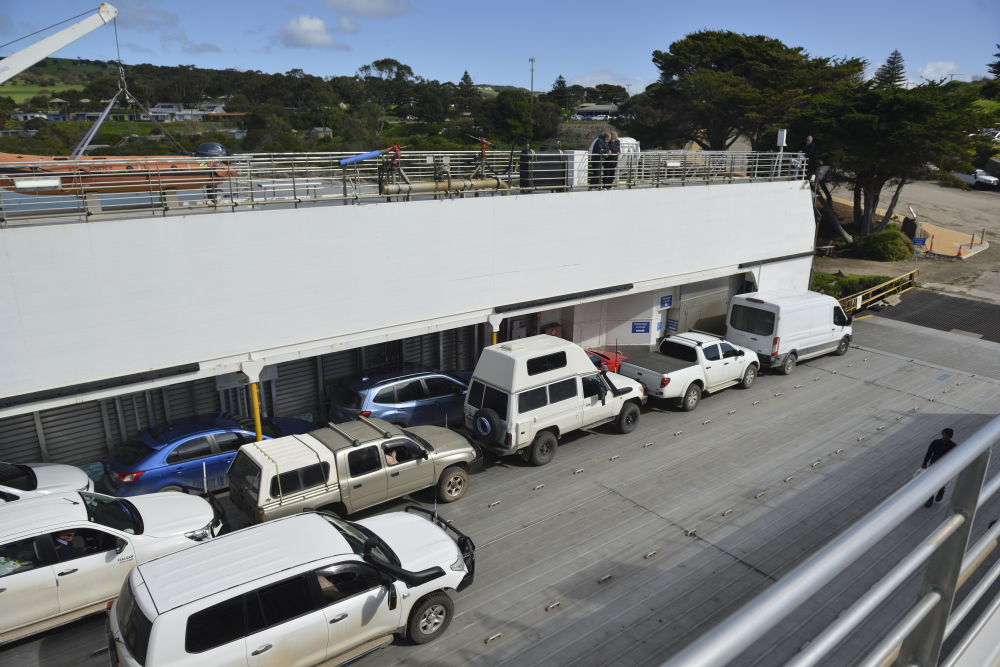
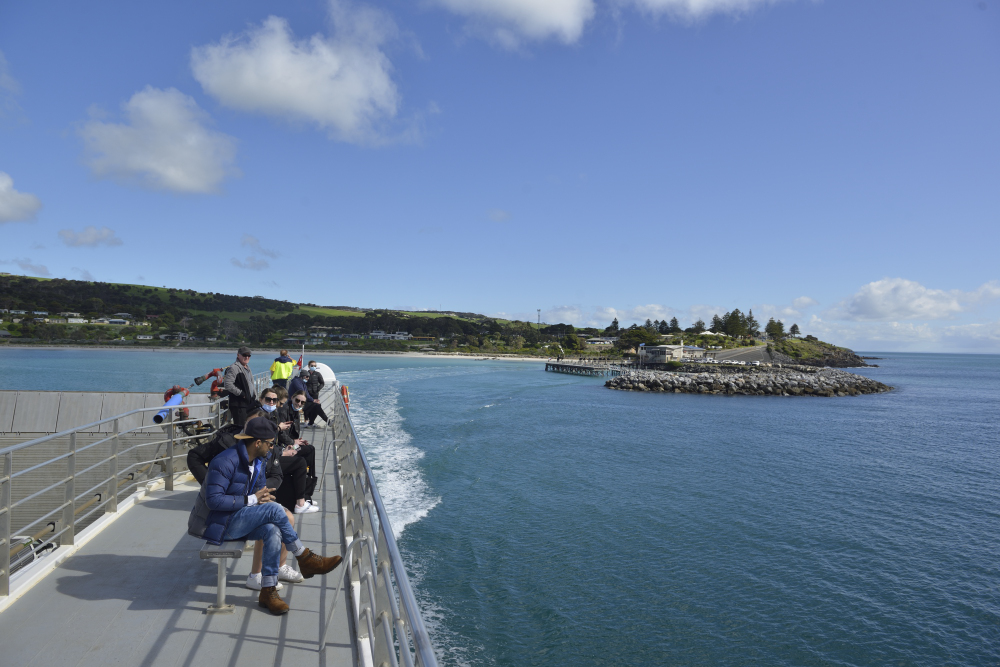
On the way out to Duck Pond Council Campsite (nature camping run by the local municipality) we get a little doubtful as to whether we have arrived at the right place. A sign stands in a way that can be interpreted differently. An older house could potentially be reminiscent of where campsites must have self-check-in.
There's an old mailbox hanging on a tree, maybe that's where the registration form is?
Johnny opens the door to look and stares straight down at a big black evil hairy spider, the kind with a 5cm body and some way too powerful legs. It took a few quick steps forward - and we correspondingly backwards. In a very quick movement, the lid is closed again, at the same time as the mood changed from curious to markedly unpleasant in a split second.
Sus's eyebrows almost flew up – all the way around the neck. Suddenly, she actually bore a certain resemblance to Uncle Sofus, from the Father to Four movies.
After a very short consideration, we came to the conclusion that this was probably not the place to register and hurried on.
After another few kilometers of driving the potholed dirt road, we managed to find the right campsite. There is the registration box, the secured mailbox where you should drop your info and money.
Now thus experienced, the heavy welding gloves were used to ease the lid and carefully look inside. There were only the right papers and we could breathe a sigh of relief.
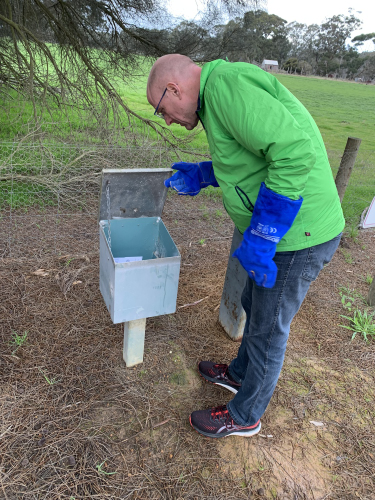
The difference between a traditional campsite and a nature campsite is big. Here you have the freedom to position yourself exactly as you want, there is a toilet and barbecue area, but no other luxury facilities apart from beautiful scenery.
We walk around and explore the area. A small lake, with lots of wildlife. Black swans stay nearby, all kinds of brightly colored parrots flutter about. The many eucalyptus trees are thoroughly studied - but we find no koala - despite thorough attempts.
As darkness falls and we are preparing dinner, suddenly there is a loud and distinct grunting sound. We look at each other inside the car and then it dawns on us. It's a koala call, exactly as we heard it on a YouTube video just 14 days before.
A light is quickly found and we jump out of the car. After a short time we spot it - at the very top of the tree canopy under which we are parked. The koala looks down at us curiously and then decides that we are harmless. With slow movements, he returns to munching the leaves from the eucalyptus tree, ignoring the company of two very excited admirers from Denmark.
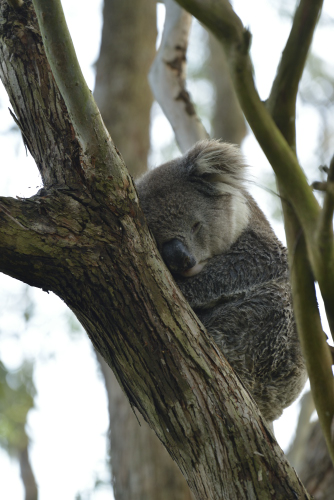
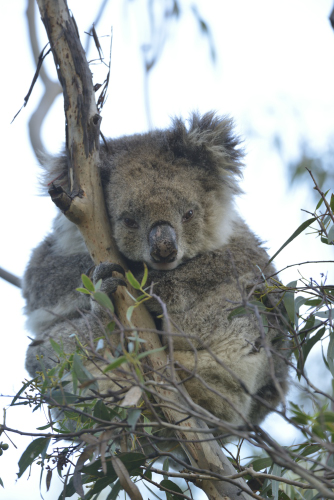
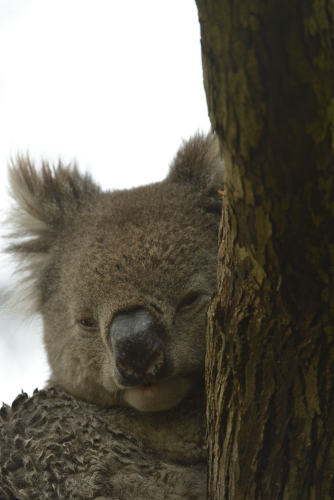
The next morning at first light, we jump out of the car to find the koala again. After a short search, we found that koalas eat at night and sleep in the treetops during the day. Among the many other eucalyptus trees at the campsite, we found a female koala nearby.
The place is a fantastic natural gem with a lake, photo hide, toilets and barbecue area. About a hundred years ago, there was production of eucalyptus oil on the site, but today it is one of many primitive campsites that are available.
We visited it twice, had the opportunity to follow a Possum / Porcupine around in search of food at night. Unfortunately without the opportunity to take pictures, actually Johnny just had to go to the toilet when a pair of eyes reflected in the distance. Lesson learned - always bring at least a phone, you never know what opportunities will present themselves.
Seal Bay:
There are 6 species of sea lion in the world, including the Australian sea lion. Seal Bay is a facility where they have built a system of walkways where you can see the resting places of the sea lions from a certain distance. Unlike the seal, the sea lion's fur is not very thick and actually allows the sea lion's skin to get wet. Therefore, after 3 days of hunting in the water, they have to spend time on land to regain body heat again. In order to get shelter, they build labyrinths under the vegetation.
We chose a guided tour where you could get down into the protected nature area and experience the sea lions up close under responsible conditions. In some places, the bushes reminded of the lord of the rings. They had built their own version of Hobbitton.
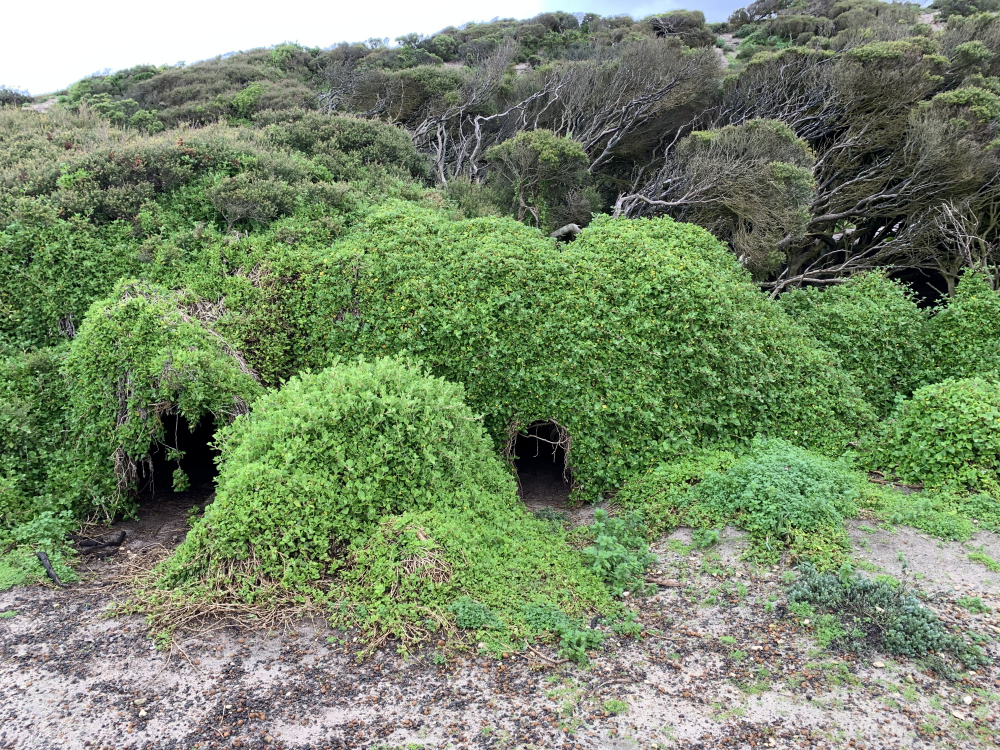
Little Sahara:
A large sand dune system where you can sandsurf, drive electric fat bikes or guided ATV tours. We visited it between rain showers and in the low season, so there were very few visitors present. When the place is busy, it seems like a really fun experience.
Flinders Chase National Park:
In this national park are Admirals Arch, Lighthouse, Remarkable Rocks and Weirs Cove.
2020 was a big year for Australian bushfires. Unfortunately, this national park was also hit with 96% of the area, so much vegetation had to start from scratch. However, there are also tree species that can withstand being in flames, the bark burns - but the core of the tree itself survives and can continue to grow. Today the area is green and lush, with burnt branches sticking up.
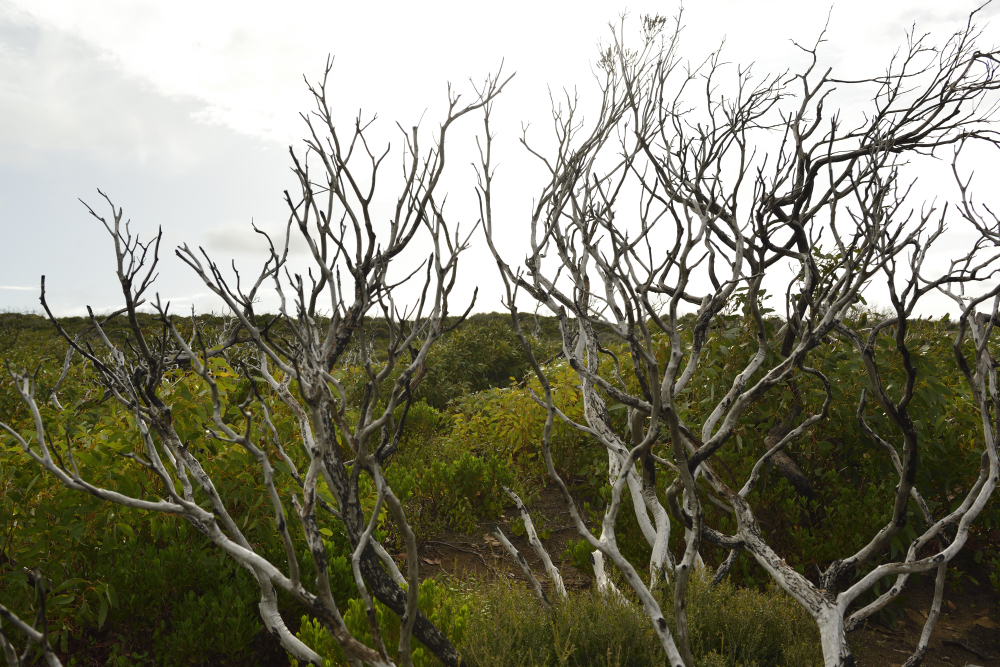
Admirals Arch / the ornament of the south coast:
It blew half a pelican, but no pelicans to be seen. On the other hand, many fur seals had crawled up on the rocks to seek shelter from the big waves. The kids played in a natural rock pool and sometimes got a good round of extra high waves.
Remarkable Rocks:
Large remarkable stones... may not sound so exciting - but it is actually wildly fascinating to walk around granite structures that have been eroded over the last 200 million years. Everything that has been eroded has soft and curved shapes, gigantic large stones the like of which we have never experienced. It is a place where dinosaurs and flying lizards have circled when the rocks first came to the surface. A geological freak show.
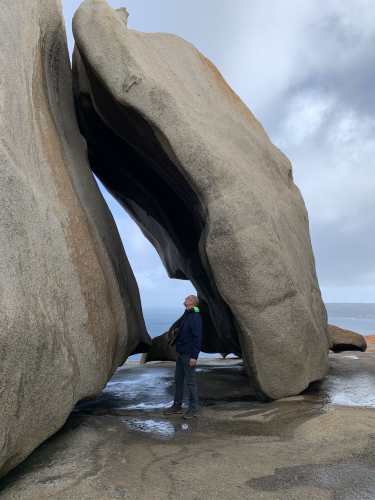
Weir's Cove:
A storage station for the light master of the lighthouse, who lived isolated out there in the old days. A "protected" cove where supplies could be hoisted up the 90m cliff side via a cable system. They got fresh supplies every 3 months that way.
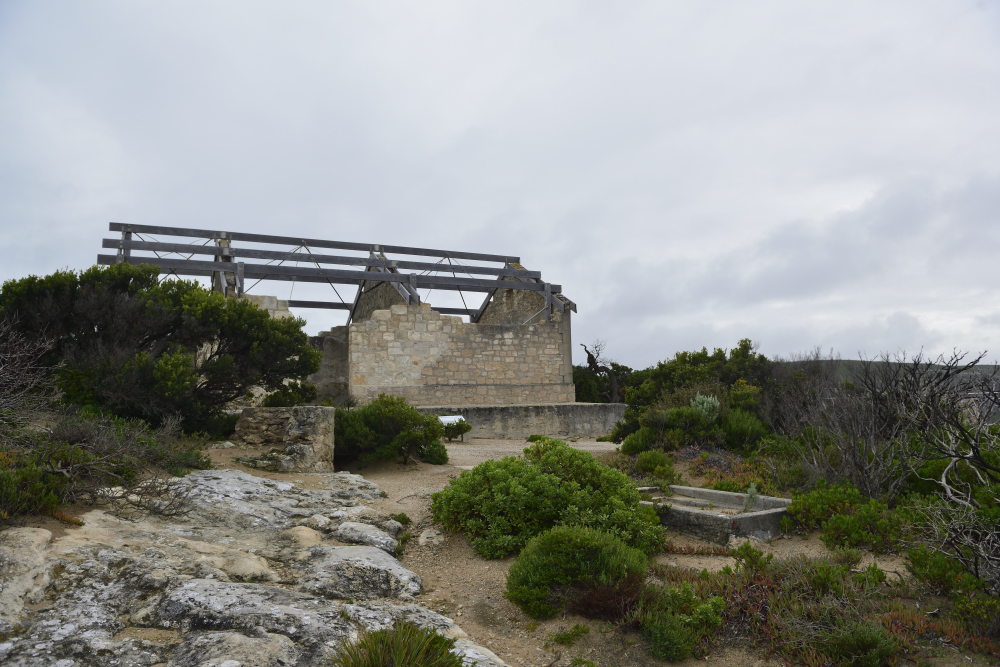
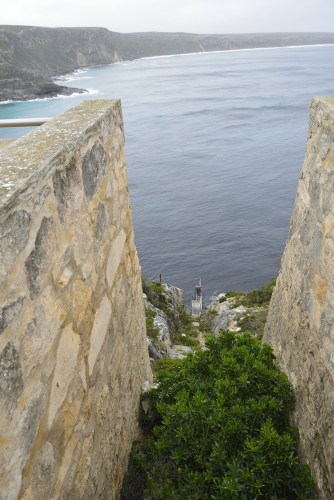
Port of American River:
Despite the name, it is not a freshwater river, but a fjord inlet for seawater. The place is cozy, has an exhibition about old-time boat building and fishing.
Fantastic relaxed place where you can get close to wildlife - both large and small. We would have liked to have had more time here - but the return ticket to the ferry was only a few hours later.
